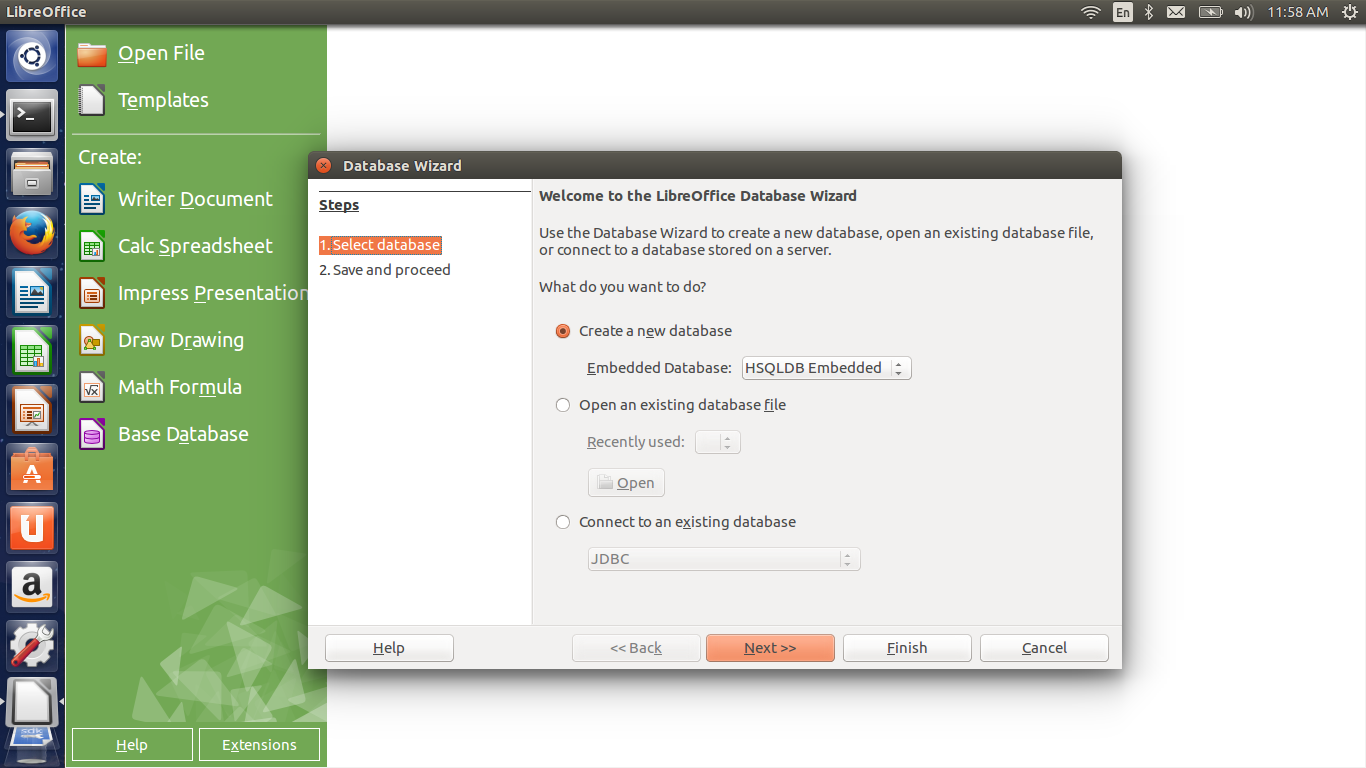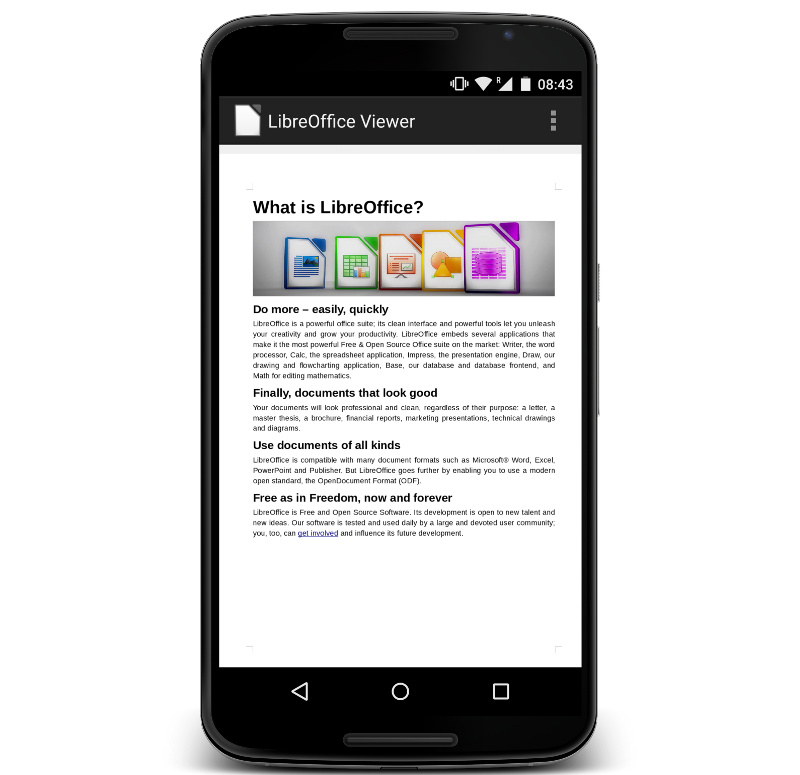
They're just the tip of the iceberg, however – Zoho Workplace includes a powerful site creation tool, a file management solution and many collaborative tools. Zoho's new-look word processor (which ditches the classic Word-style interface in favor of a formatting sidebar) is very well-presented and capable of producing professional-looking docs, and it has a sterling spreadsheet and reasonable presentation package alongside it. It's certainly closer to a desktop office package, and it's strong enough to have attracted businesses like the BBC and Nike as regular users. All your work is saved automatically pretty much the moment you do it, and it saves several versions of each file, too.Zoho Workplace is very good in its own right. For one, saving or making backups is completely unnecessary when using Workspace.


While it may not seem like that big a deal at first glance, once you have used the one for a while and then switch to the other, it feels completely different. Free is obviously better, but you may find Workspace’s benefits worth the price.Īnother big difference is that Google Workspace is entirely online, while LibreOffice is totally offline. One large difference is cost: LibreOffice is free, and Google Workspace starts at $6 per month, and goes up as your business size and needs increase.

RELATED: What Is Google Workspace, and Does It Fully Replace G Suite? Google Workspace vs LibreOffice: The Big Pictureīefore we look at how the separate apps like the word processor and spreadsheet perform, we may want to go over some of the overarching differences between these two suites. We compare the two to see which may be the better fit.

With the heavily advertised Google Workspace now online, you may find yourself wondering whether it’s time to leave open-source LibreOffice behind and switch to something a bit more corporate.


 0 kommentar(er)
0 kommentar(er)
